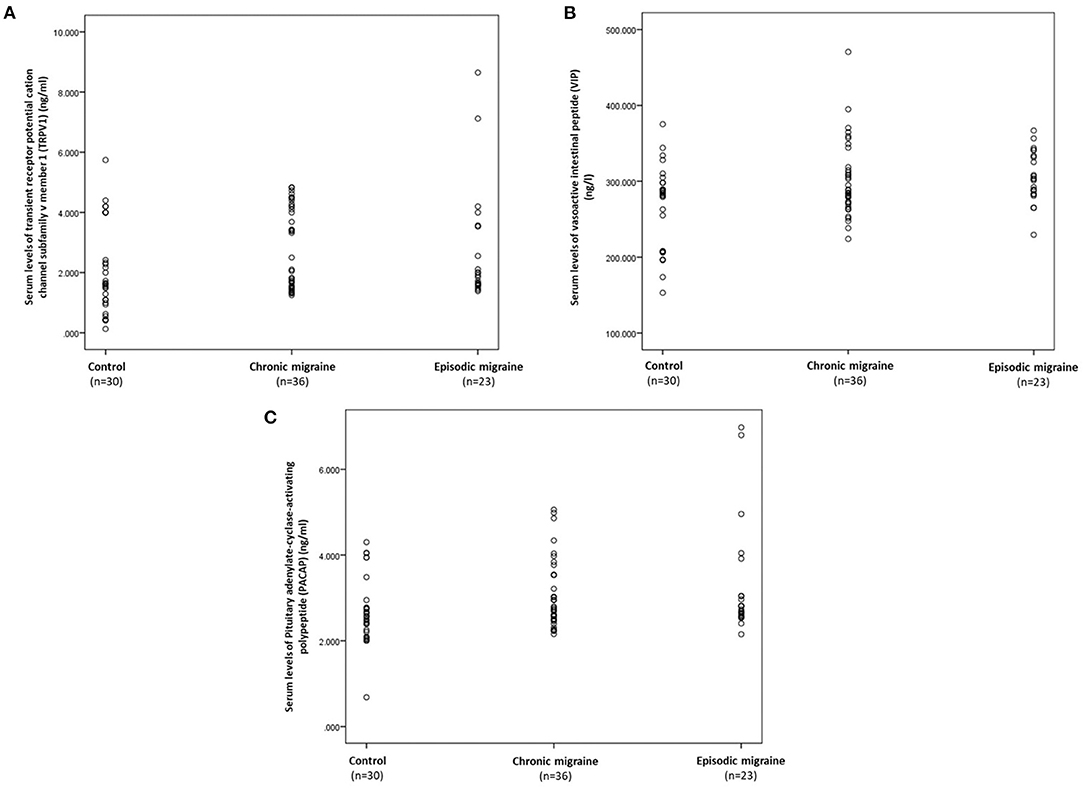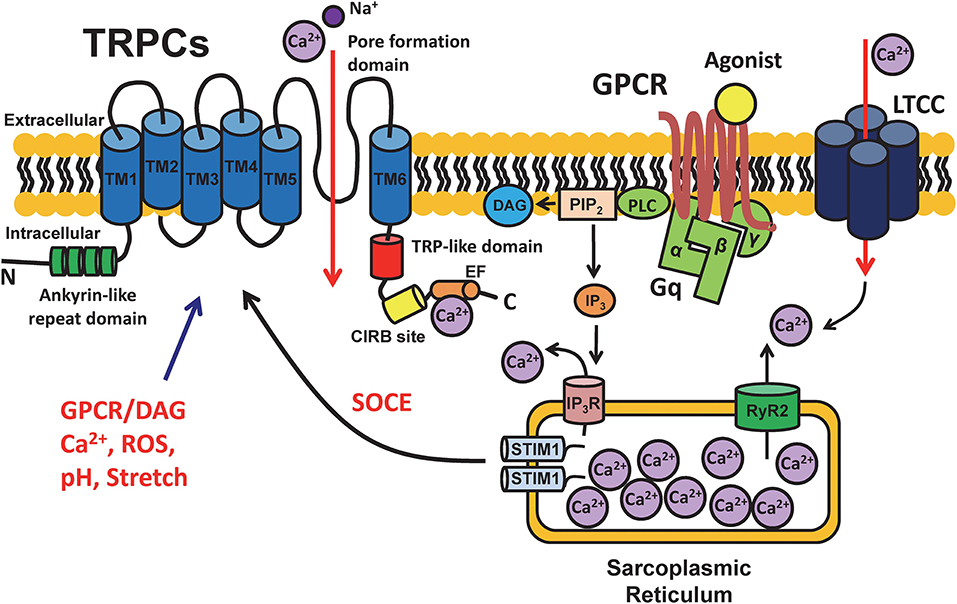
Frontiers Role of Transient Receptor Potential Canonical
Background: After liver transplantation (LTX), patients are susceptible to opportunistic infections resulting in reduced outcomes within the early post-transplantation period. The postoperative monitoring of LTX patients has gained much importance in recent years. However, reliable plasmatic markers predicting 90-day outcomes are still lacking. Methods: In the post hoc analysis of a prospective, observational study, butyrylcholinesterase (BChE), mid-regional proadrenomedullin (MR-proADM), as well as conventional inflammatory markers (procalcitonin, C-reactive protein) were evaluated in 93 patients at seven consecutive timepoints within the first 28 days following LTX. Results: Persistently reduced activity of BChE and elevated MR-proADM levels indicated reduced 90-day survival following LTX. Furthermore, reduced BChE and increased MR-proADM activity could indicate early post-transplantation bacterial infections, whereas conventional inflammatory biomarkers showed no diagnostic efficacy within the observation period. Conclusion: Concurrent assessment of BChE and MR-proADM activity might serve as a bedside diagnostic tool for early bacterial infections following liver transplantation. Thus, a combined utilization of the two biomarkers may be a useful tool in the risk evaluation of patients following liver transplantation.
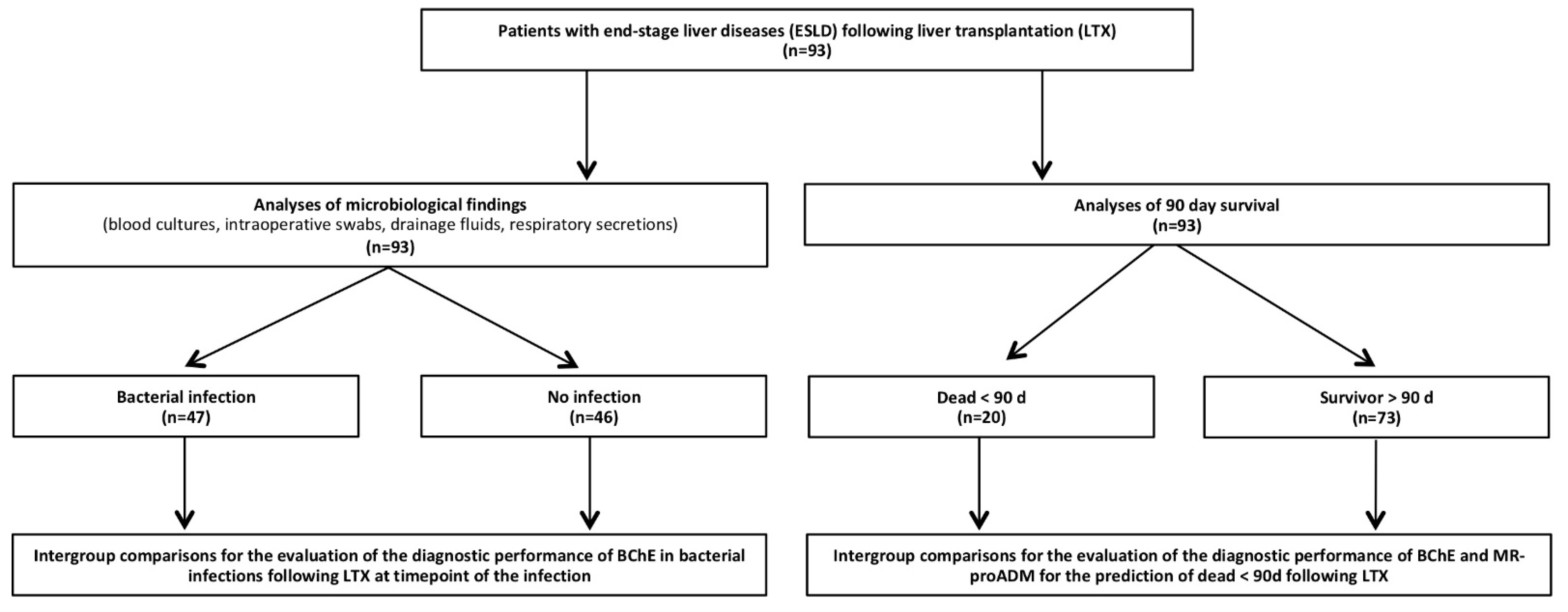
Biomolecules, Free Full-Text
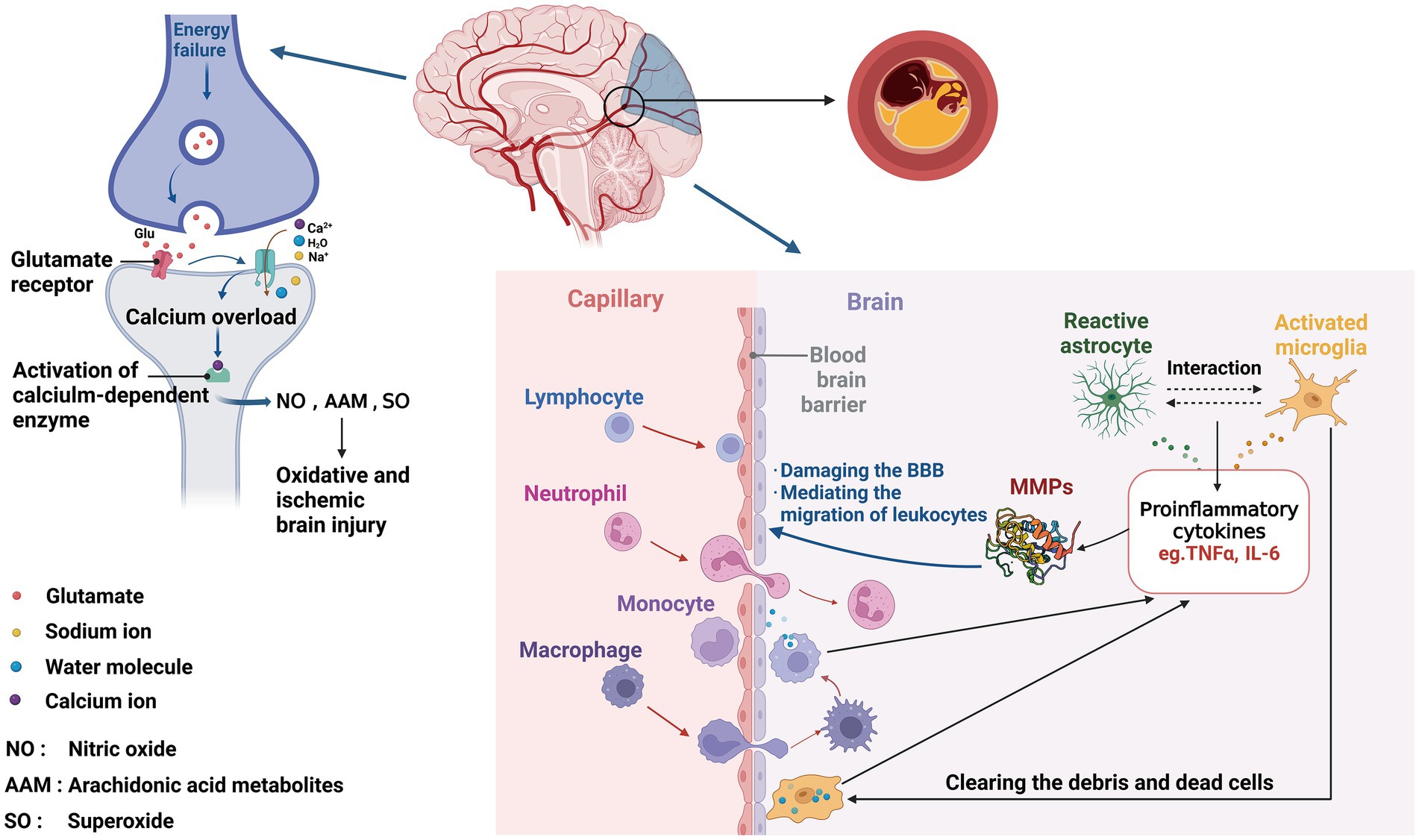
Frontiers Biomarkers and the outcomes of ischemic stroke
TRPA1 (transient receptor potential ankyrin 1), the lone member of the mammalian ankyrin TRP subfamily, is a Ca2+-permeable, non-selective cation channel. TRPA1 channels are localized to the plasma membranes of various cells types, including sensory neurons and vascular endothelial cells. The channel is endogenously activated by byproducts of reactive oxygen species, such as 4-hydroxy-2-noneal, as well as aromatic, dietary molecules including allyl isothiocyanate, a derivative of mustard oil. Several studies have implicated TRPA1 as a regulator of vascular tone that acts through distinct mechanisms. First, TRPA1 on adventitial sensory nerve fibers mediates neurogenic vasodilation by stimulating the release of the vasodilator, calcitonin gene-related peptide. Second, TRPA1 is expressed in the endothelium of the cerebral vasculature, but not in other vascular beds, and its activation results in localized Ca2+ signals that drive endothelium-dependent vasodilation. Finally, TRPA1 is functionally present on brain capillary endothelial cells, where its activation orchestrates a unique biphasic propagation mechanism that dilates upstream arterioles. This response is vital for neurovascular coupling and functional hyperemia in the brain. This review provides a brief overview of the biophysical and pharmacological properties of TRPA1 and discusses the importance of the channel in vascular control and pathophysiology.
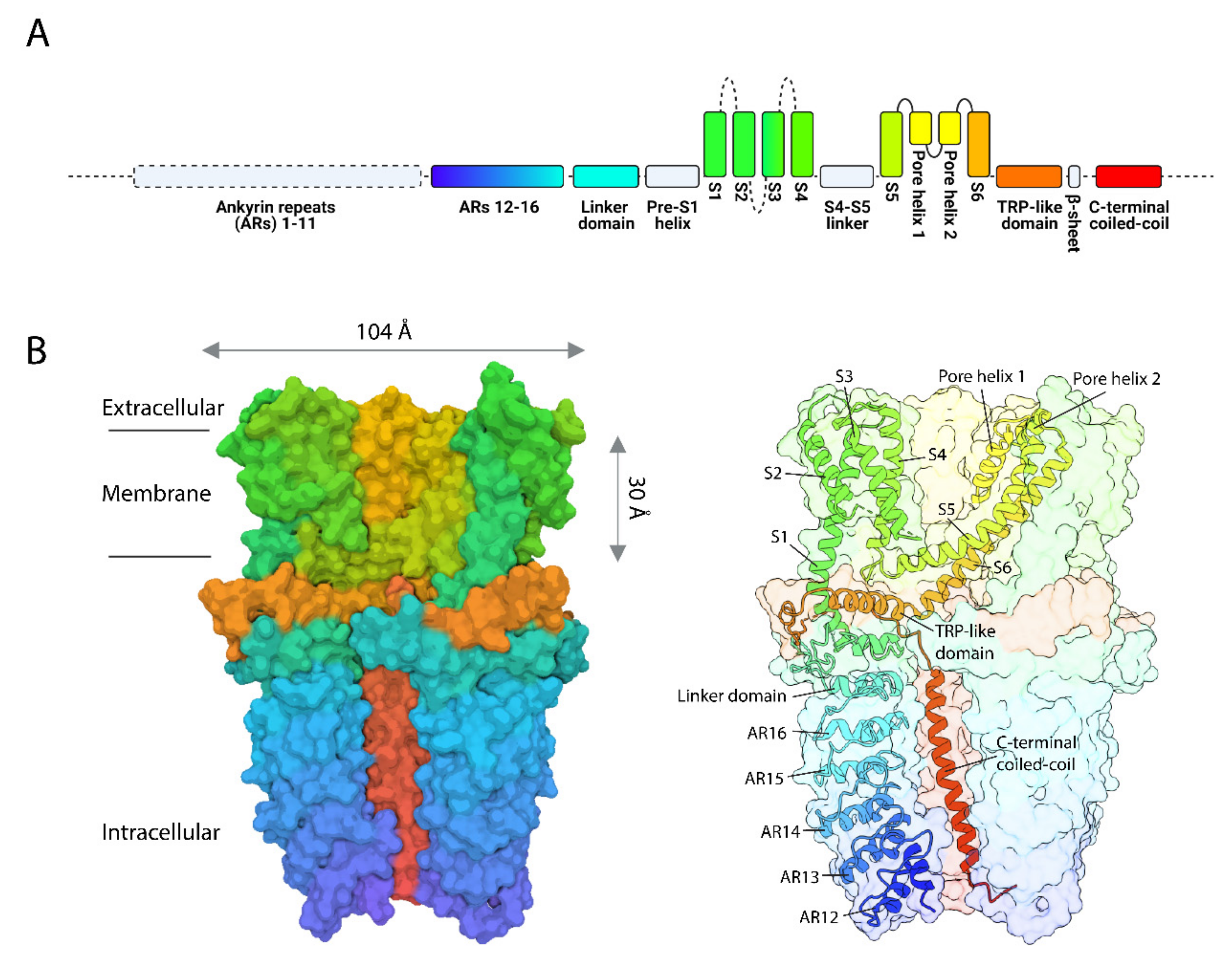
Cells, Free Full-Text
Sudden cardiac death (SCD) represents a global emergency, with a high number of cases affecting all age groups every year. The prevention of these fatal events requires an accurate knowledge of etiology and pathogenesis, which can vary. Autopsy is an indispensable tool in cases of SCD for diagnostic purposes, as well as for judicial and preventive purposes for family members. Despite the completion of all routine post-mortem investigations, it is often complicated for the forensic pathologist to define the triggering cause of these events. The study of the proteome is proving to be extremely promising in the field of human cardiovascular disease. This paper aims to offer a literature review on the study of the proteome in post-mortem cadaveric biological samples obtained from SCD cases. The aim of this work is to outline the state of the art of the scientific advances that protein analysis can offer in the diagnosis of SCD and the limits that various studies have traced up to now. In conclusion, the work defines the future perspectives of this field in SCD, suggesting strategies to overcome the reported limits and improve the diagnostics of these events.
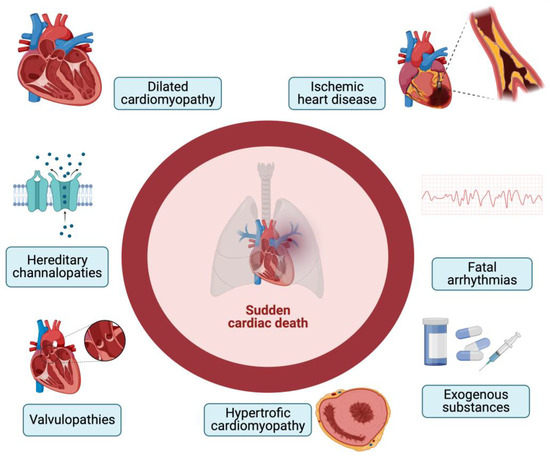
IJMS, Free Full-Text

Discovery of pyrroledione analogs as potent transient receptor
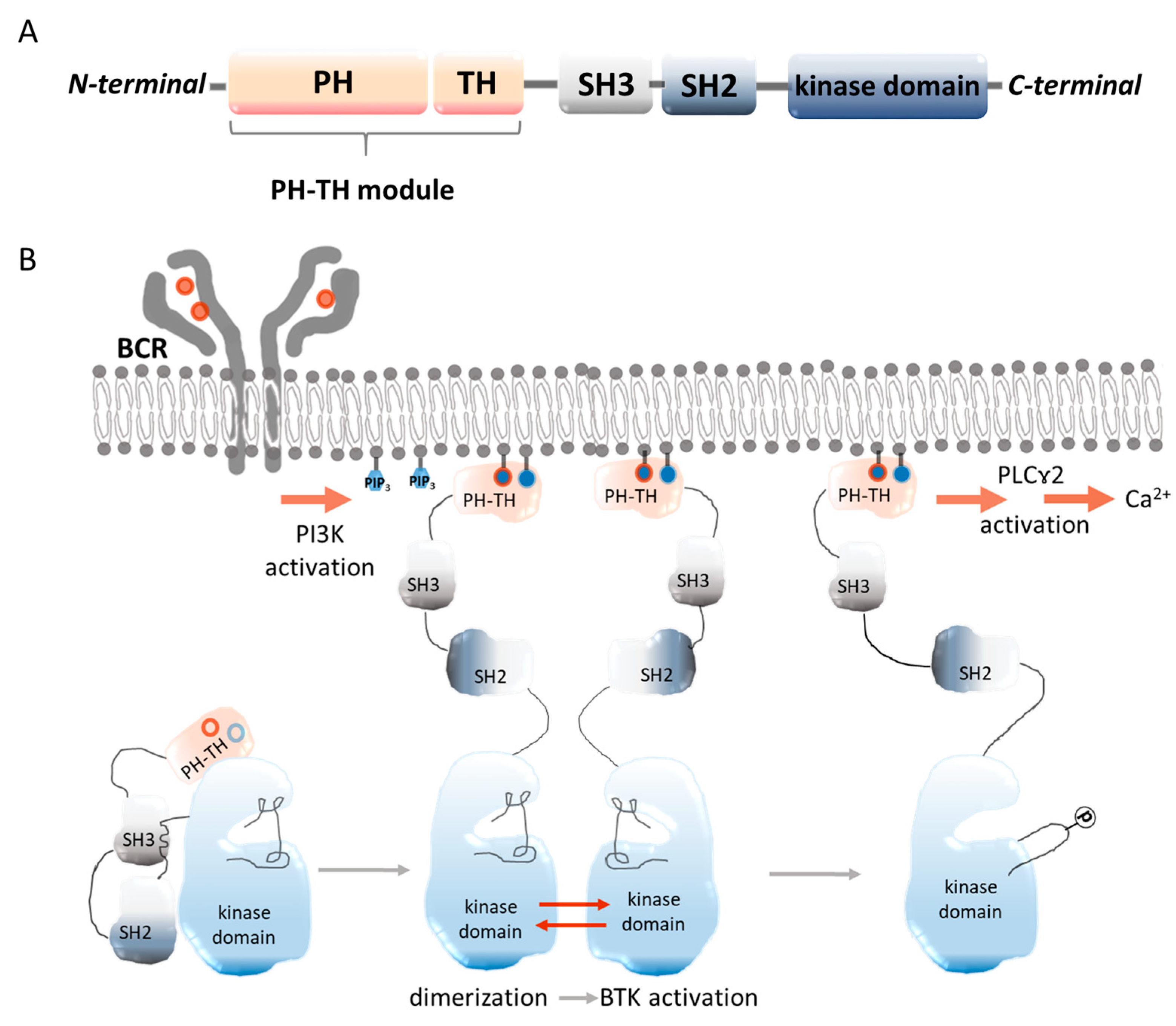
Molecules, Free Full-Text
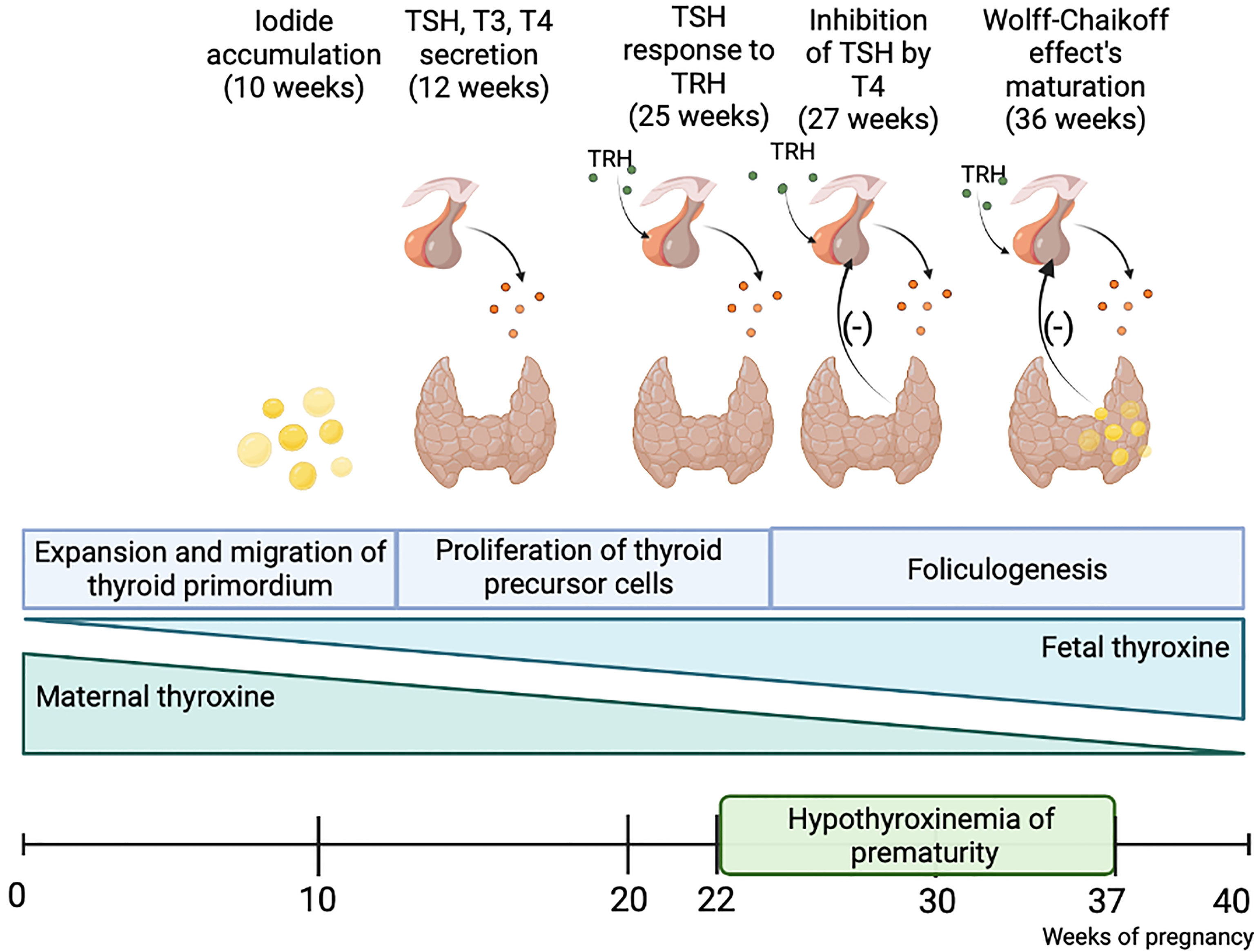
Frontiers Congenital Hypothyroidism in Preterm Newborns – The
Traumatic brain injury (TBI) can cause physical, cognitive, social, and behavioral changes that can lead to permanent disability or death. After primary brain injury, translocated free zinc can accumulate in neurons and lead to secondary events such as oxidative stress, inflammation, edema, swelling, and cognitive impairment. Under pathological conditions, such as ischemia and TBI, excessive zinc release, and accumulation occurs in neurons. Based on previous research, it hypothesized that calcium as well as zinc would be influx into the TRPC5 channel. Therefore, we hypothesized that the suppression of TRPC5 would prevent neuronal cell death by reducing the influx of zinc and calcium. To test our hypothesis, we used a TBI animal model. After the TBI, we immediately injected NU6027 (1 mg/kg, intraperitoneal), TRPC5 inhibitor, and then sacrificed animals 24 h later. We conducted Fluoro-Jade B (FJB) staining to confirm the presence of degenerating neurons in the hippocampal cornus ammonis 3 (CA3). After the TBI, the degenerating neuronal cell count was decreased in the NU6027-treated group compared with the vehicle-treated group. Our findings suggest that the suppression of TRPC5 can open a new therapeutic window for a reduction of the neuronal death that may occur after TBI.
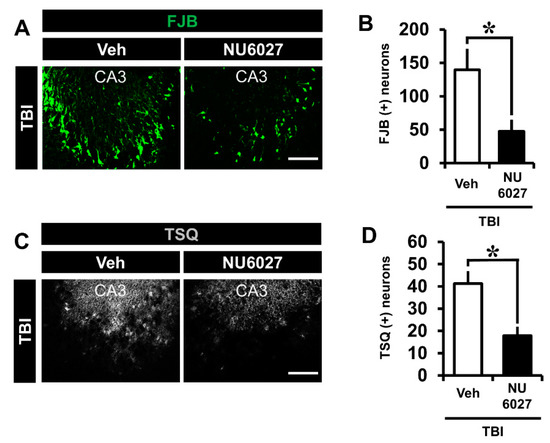
IJMS, Free Full-Text

Changes in mean plasma and blood concentrations of metal ions over

Role of Sclerostin in Cardiovascular Disease
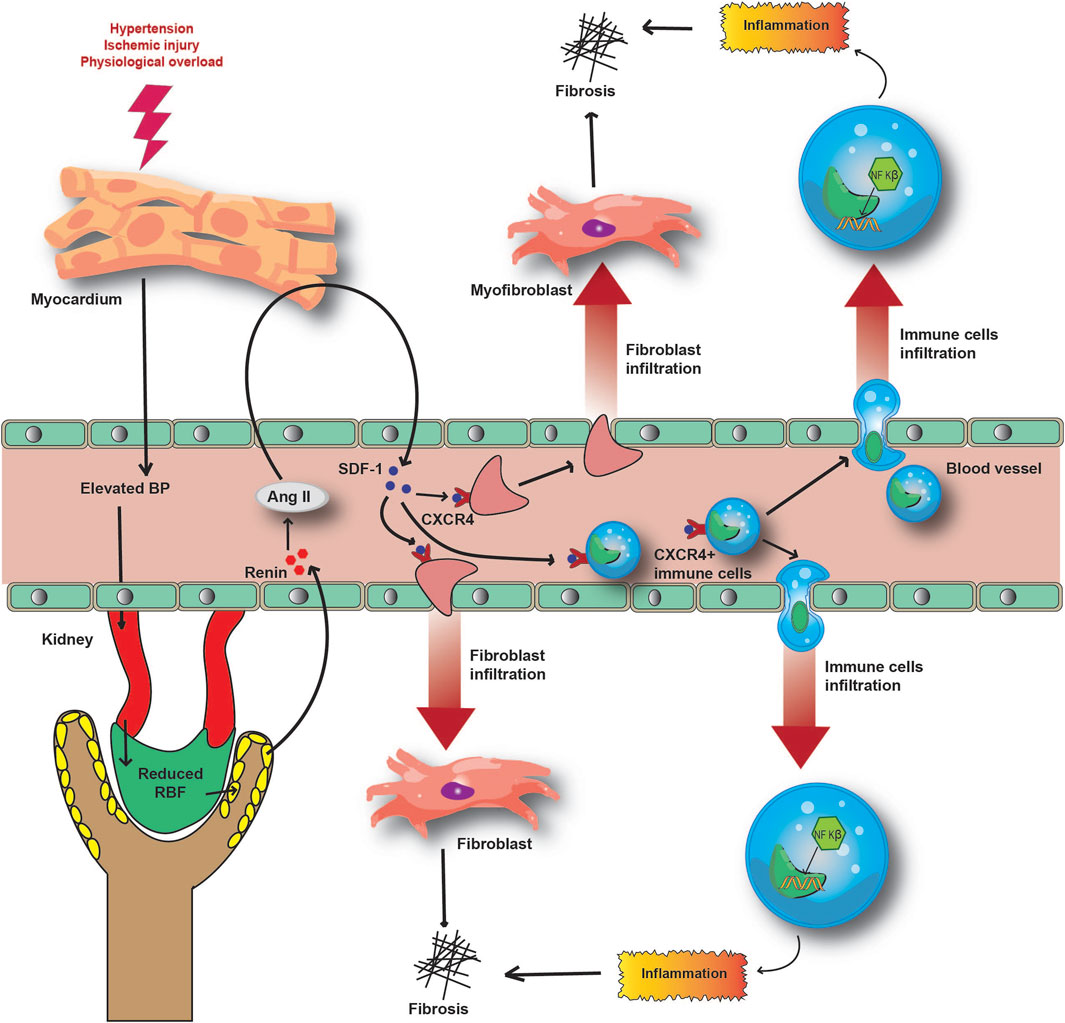
Frontiers A comprehensive review of acute cardio-renal syndrome

Brain Hypoxia Is Associated With Neuroglial Injury in Humans Post
